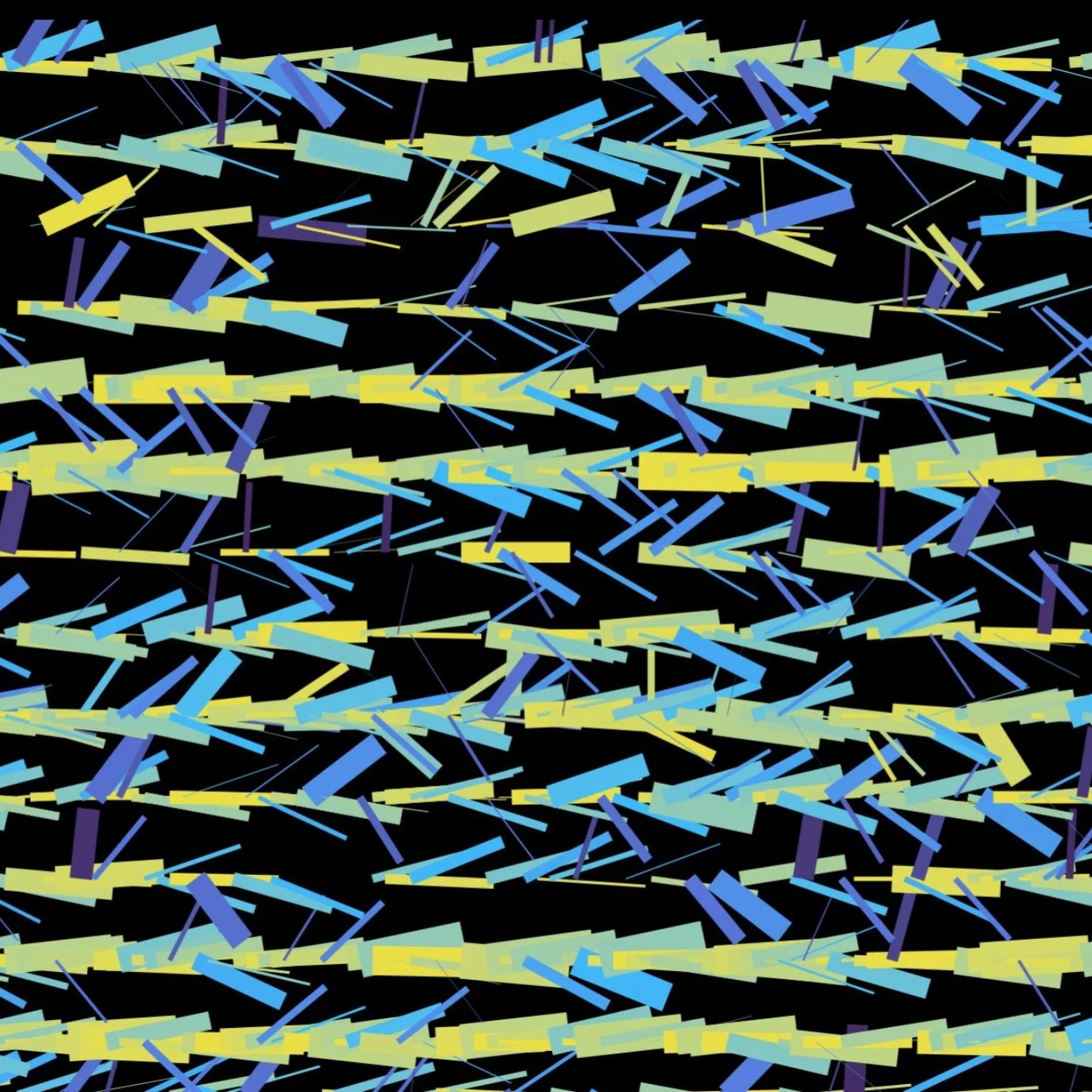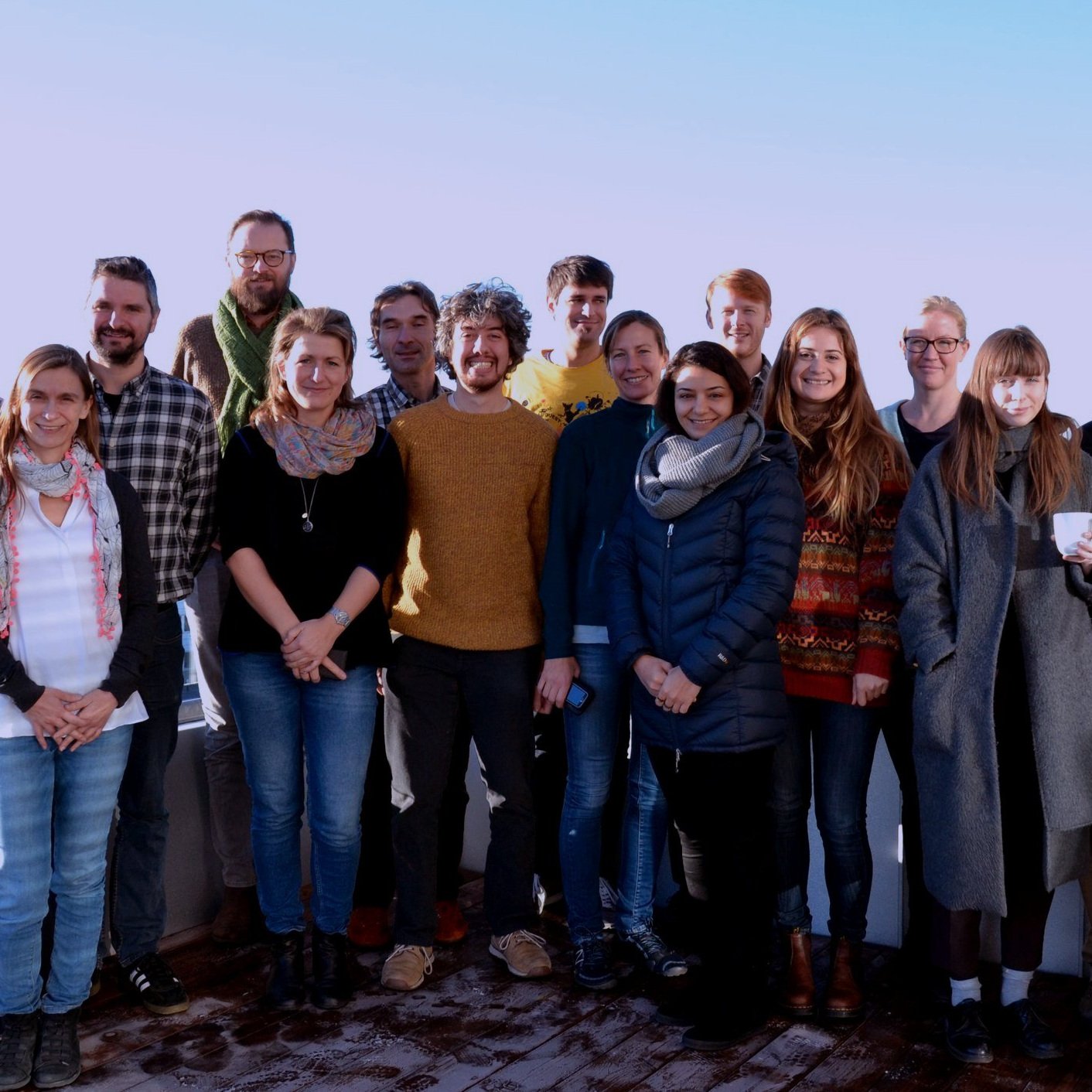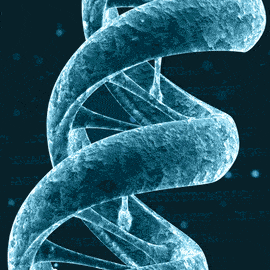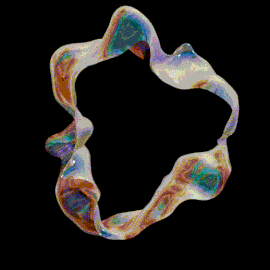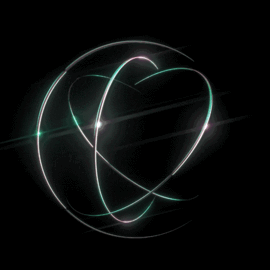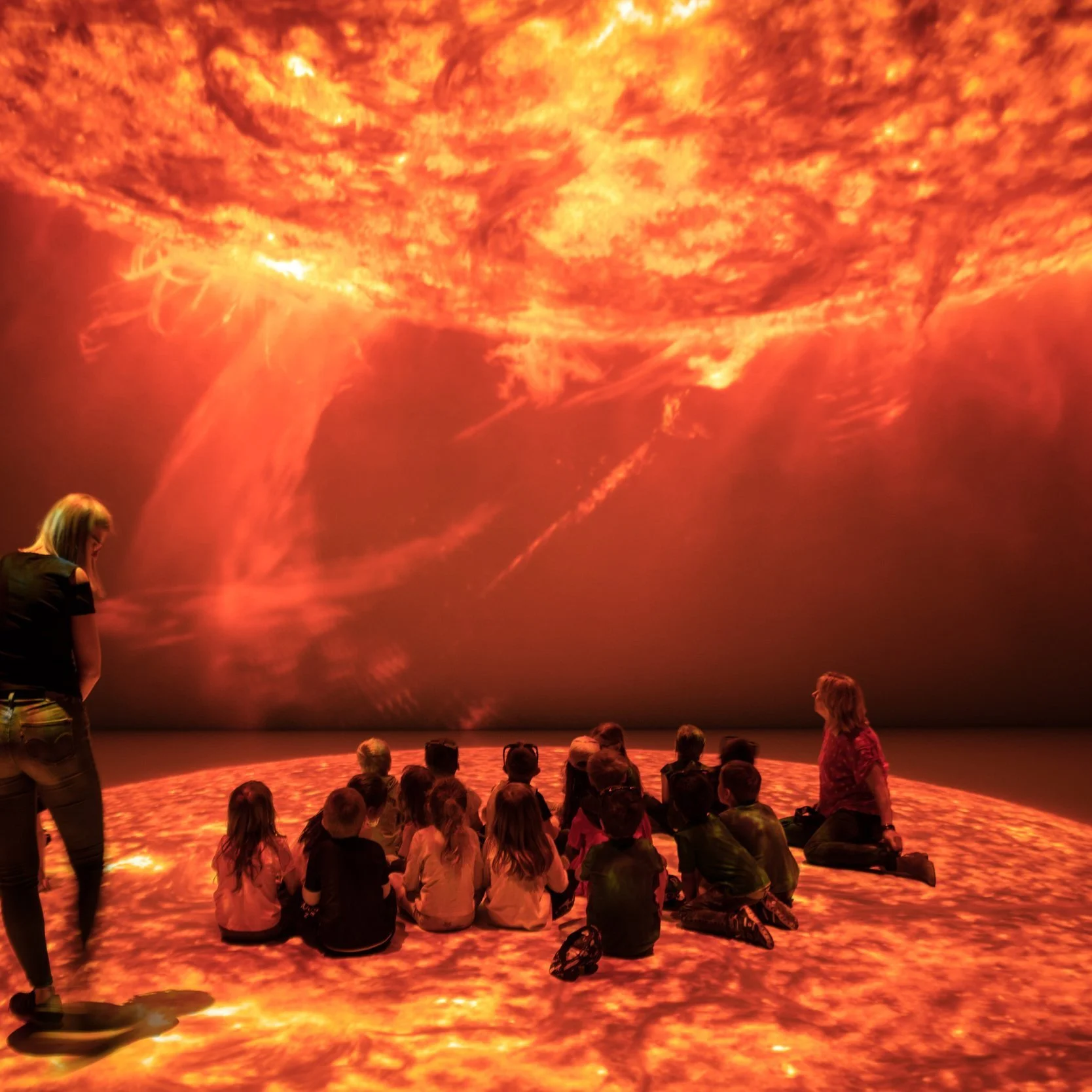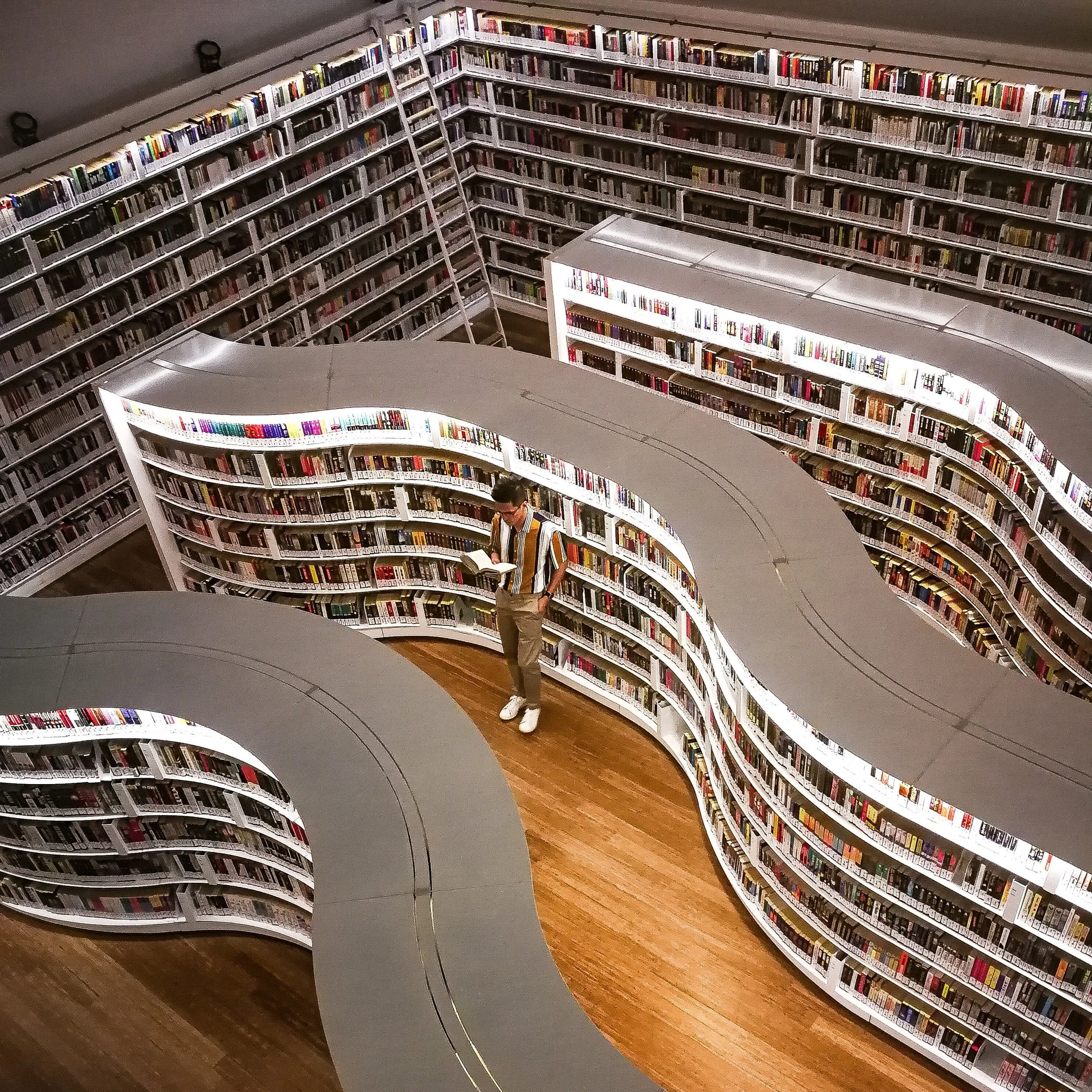Welcome to a seminar with Augusto Marcelli, Laboratori Nazionali di Frascati!
Title: Dynamic processes investigated by time-resolved spectroscopy: past, present and future trends using thermal and non-thermal radiation sources
Speaker: Augusto Marcelli, Laboratori Nazionali di Frascati, Italy
When: 19 March, 2025, 10:30–11:30 plus time for questions and mingle
Where: LINXS, The Loop, Rydbergs torg 4, 224 84 Lund, with digital participation possibility (Zoom). Registered participants (online-only) will receive a Zoom link before the event.
Abstract
In the last decades impressive advancements in the radiation sources allowed vibrational and electronic spectroscopy techniques to investigate complex phenomena like reaction mechanisms in photochemistry, biochemistry, catalysis, etc., complex dynamic processes interesting to different scientific communities.
I will describe a time-resolved approach mainly based on vibrational spectroscopy, the present research and the scientific trends looking also at the availability soon of new powerful and ultra-fast non-thermal coherent sources.
IR spectroscopy and micro-spectroscopy are non-destructive methods returning accurate information on vibrational and phonon spectra also as a function of external parameters such as temperature or pressure. Combined with non-thermal sources like synchrotron radiation (SR) and FEL’s they are powerful molecular probe at relatively high temporal (~msec) and spatial resolution (~μm) that may probe phenomena occurring in condensed matter physics, chemistry, biophysics, and materials science.1 The incredible performances of synchrotron radiation sources are witnessed by the results obtained in different research areas and the continuously increasing number of users in the existing facilities all around the world.2,3
Nowadays vibrational time-resolved spectroscopy can be used to monitor volatile organic compounds (VOCs), produced by natural and/or anthropogenic activities, as indoor and outdoor contaminants due to their high volatility and toxicity and pathogens. Their detection is a topical issue for the air-quality monitoring and various conventional and innovative methodological approaches have been proposed, including techniques based on Terahertz (THz) radiation. 4,5
I will present also opportunities offered by simultaneous studies of reaction kinetics combining IR and X-ray in the domain from minutes to seconds and time resolved imaging experiments of structural dynamics in the IR domain. New opportunities are around the corner and the powerful concept of combinatorial experiments can be extended to other techniques to analyse complex processes, physico-chemical phenomena, metal-insulator transitions, and, in particular, metastable and/or irreversible or phenomena like the evaporation of a single drop of water, an original experiment di per se.6,7
1) A. Marcelli and G. Cinque, Infrared synchrotron radiation beamlines: high brilliance tools for IR spectro-microscopy. A practical guide to the characteristics of the broadband and brilliant non-thermal sources, in: Biomedical Applications of Synchrotron Infrared Microspectroscopy, Ed. D. Moss (RSC, 2011) Chapt. 3, 67-104
2) A. Marcelli, A. Cricenti, W.M. Kwiatek, C. Petibois, Biological applications of synchrotron radiation infrared spectromicroscopy, Biotech. Adv. 30, 1390-1404 (2012)
3) G. Della Ventura, A. Marcelli, F. Bellatreccia, SR-FTIR microscopy and FTIR imaging in the Earth Sciences, Rev. Miner. Geochem. 78, 447-479 (2014)
4) T. Mancini, A. Marcelli, S. Lupi and A. D’Arco, New Frontier in Terahertz Technologies for Virus Sensing. Electronics 12, 135 (2023), https://doi.org/10.3390/electronics12010135
5) A. D’Arco, T. Mancini, M.C. Paolozzi, S. Macis, L. Mosesso, A. Marcelli, M. Petrarca, F. Radica, G. Tranfo, S. Lupi and G. Della Ventura, High Sensitivity Monitoring of VOCs in Air through FTIR Spectroscopy Using a Multipass Gas Cell Setup. Sensors 22, 5624 (2022) https://doi.org/ 10.3390/s22155624
6) A. Marcelli, P. Innocenzi, L. Malfatti, M.A. Newton, J.V. Rau, E. Ritter, U. Schade and Wei Xu, IR and X-ray time resolved simultaneous experiments: an opportunity to investigate the dynamics of complex systems and non-equilibrium phenomena using 3rd generation synchrotron radiation sources, J. Synchrotron Rad. 19, 892 (2012)
7) Z. Liu, L-H. Wang, Y. Jiang, Y-J Tong, H-C Zhu, T. Ji, M. Chen, Z. Jiang, X-J Wei, The dynamics beamline at SSRF, Nuclear Science and Techniques 35, 153 (2024)
Bio
Senior scientist at the Laboratori Nazionali di Frascati of the INFN since 1984 he was working in synchrotron radiation (SR). He contributed to the construction of SR beamlines at ADONE, DAFNE and ESRF. In particular, he proposed and built the first Italian Infrared/THz SR beamline and was the scientist responsible for its operation till 2006. He has been responsible of several experimental programs in SR facilities such as ALBA, Bessy, BSRF, Diamond, NSRL, PF, LURE, SSRL, SRS, UVSOR and ESRF. Since 2001 he cooperates with the Institute of High Energy Physics in Beijing, and he has been also Visiting Professor at the University of Science and Technology at Hefei. After four years at the Italian Ministry of Foreign Affairs and International Cooperation as scientific expert on bilateral policies and activities for the internationalization of S&T research, he is now scientific attaché’ at the Italian Embassy in Stockholm. His research areas include correlation phenomena in x-ray absorption spectroscopy, circular magnetic x-ray dichroism investigations, x-ray absorption in elements of geophysical interest, dust and aerosol characterization and ultra-trace detection, FTIR microspectroscopy and imaging, time resolved concurrent experiments and SR instrumentation.
Contact: Please contact shandana.mufti@linxs.lu.se for any practical questions.
If you don’t receive a registration confirmation please check your spam mail.
During our events we sometimes take photographs and short film clips to profile our activities. Please let us know if you don’t want to be in any photos/films before we start the event. Some webinars are recorded to be used for educational purposes in the LINXS website.
By registering to our events you give your permission to LINXS, according to the General Data Protection Regulation (GDPR), to register your name and e-mail address to be used for the sole purpose of distributing newsletters and communications on LINXS activities.






